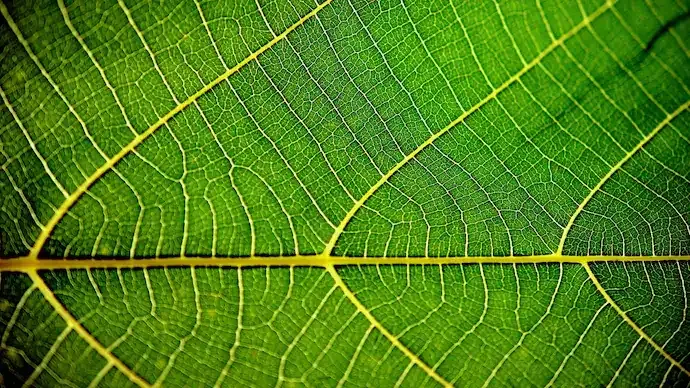Shopping cart
Your cart empty!
Terms of use dolor sit amet consectetur, adipisicing elit. Recusandae provident ullam aperiam quo ad non corrupti sit vel quam repellat ipsa quod sed, repellendus adipisci, ducimus ea modi odio assumenda.
Lorem ipsum dolor sit amet consectetur adipisicing elit. Sequi, cum esse possimus officiis amet ea voluptatibus libero! Dolorum assumenda esse, deserunt ipsum ad iusto! Praesentium error nobis tenetur at, quis nostrum facere excepturi architecto totam.
Lorem ipsum dolor sit amet consectetur adipisicing elit. Inventore, soluta alias eaque modi ipsum sint iusto fugiat vero velit rerum.
Sequi, cum esse possimus officiis amet ea voluptatibus libero! Dolorum assumenda esse, deserunt ipsum ad iusto! Praesentium error nobis tenetur at, quis nostrum facere excepturi architecto totam.
Lorem ipsum dolor sit amet consectetur adipisicing elit. Inventore, soluta alias eaque modi ipsum sint iusto fugiat vero velit rerum.
Dolor sit amet consectetur adipisicing elit. Sequi, cum esse possimus officiis amet ea voluptatibus libero! Dolorum assumenda esse, deserunt ipsum ad iusto! Praesentium error nobis tenetur at, quis nostrum facere excepturi architecto totam.
Lorem ipsum dolor sit amet consectetur adipisicing elit. Inventore, soluta alias eaque modi ipsum sint iusto fugiat vero velit rerum.
Sit amet consectetur adipisicing elit. Sequi, cum esse possimus officiis amet ea voluptatibus libero! Dolorum assumenda esse, deserunt ipsum ad iusto! Praesentium error nobis tenetur at, quis nostrum facere excepturi architecto totam.
Lorem ipsum dolor sit amet consectetur adipisicing elit. Inventore, soluta alias eaque modi ipsum sint iusto fugiat vero velit rerum.
Do you agree to our terms? Sign up

In a landmark scientific breakthrough, researchers from the Indian Institute of Science (IISc) and the California Institute of Technology (Caltech) have cracked a 40-year-old mystery about how photosynthesis begins — and why energy in plants flows through only one route.
The joint study, published in the Proceedings of the National Academy of Sciences (PNAS) in July 2025, reveals that electrons — the key energy carriers in photosynthesis — move exclusively through one of two possible branches inside a vital plant protein complex.
This finding finally resolves a question that has puzzled biologists and chemists for decades.
Photosynthesis — the process that allows plants, algae, and certain bacteria to convert sunlight into oxygen and energy-rich molecules — begins within a protein-pigment structure called Photosystem II (PSII).
PSII has two nearly identical pathways — the D1 and D2 branches — either of which could theoretically transport electrons. Yet, in every living organism studied, only the D1 branch functions. The reason for this selective energy flow remained a mystery until now.
Researchers at IISc and Caltech used advanced molecular dynamics, quantum mechanical simulations, and Marcus theory — a Nobel Prize-winning framework explaining electron transfer — to uncover the truth.
They found that the D2 branch has a significantly higher energy barrier, making electron movement through it virtually impossible.
“The transfer of electrons from pheophytin to plastoquinone in D2 requires nearly double the activation energy compared to D1,” explained Aditya Kumar Mandal, a PhD researcher at IISc and lead author of the study. “It acts like a traffic jam in the energy system of plants.”
The team simulated the electron flow in both branches, revealing that resistance in the D2 path is about 100 times higher than in D1. This effectively makes D2 an inactive route for photosynthetic energy transfer.
Subtle structural differences in the surrounding protein environment appear to create this asymmetry. The chlorophyll pigment in D1, for instance, has a slightly lower energy state, making it more stable and efficient in transferring electrons.
Interestingly, by altering pigment arrangements, scientists believe they might one day engineer artificial photosynthesis systems that mirror or even surpass nature’s efficiency.
“This marks a significant step forward in understanding natural photosynthesis,” said Professor Prabal K. Maiti from IISc’s Department of Physics, one of the study’s corresponding authors. “Our findings could guide the design of efficient artificial systems that convert solar energy into fuels.”
By mimicking nature’s process, future technologies could include artificial leaves, solar-driven fuel cells, and next-generation renewable systems that both produce clean energy and reduce carbon emissions.
Bill Goddard, Professor at Caltech and co-author, praised the collaboration as “a beautiful blend of theory and simulation, finally unlocking one of nature’s greatest puzzles — yet still leaving exciting questions for the future.”
Beyond renewable energy, the study’s insights into molecular energy transfer could influence medical science, particularly light-based therapies like cancer phototherapy and biological imaging.
The discovery not only deepens our understanding of how plants harness sunlight but also provides a scientific foundation for developing sustainable, green energy systems for the modern world.
For now, the IISc-Caltech study illuminates one of nature’s most intricate designs — proving that the smallest reactions within a leaf may hold the secrets to the planet’s clean energy revolution.
9
Published: Oct 17, 2025